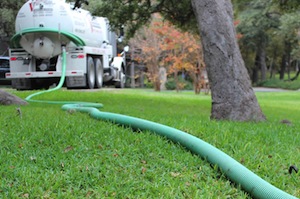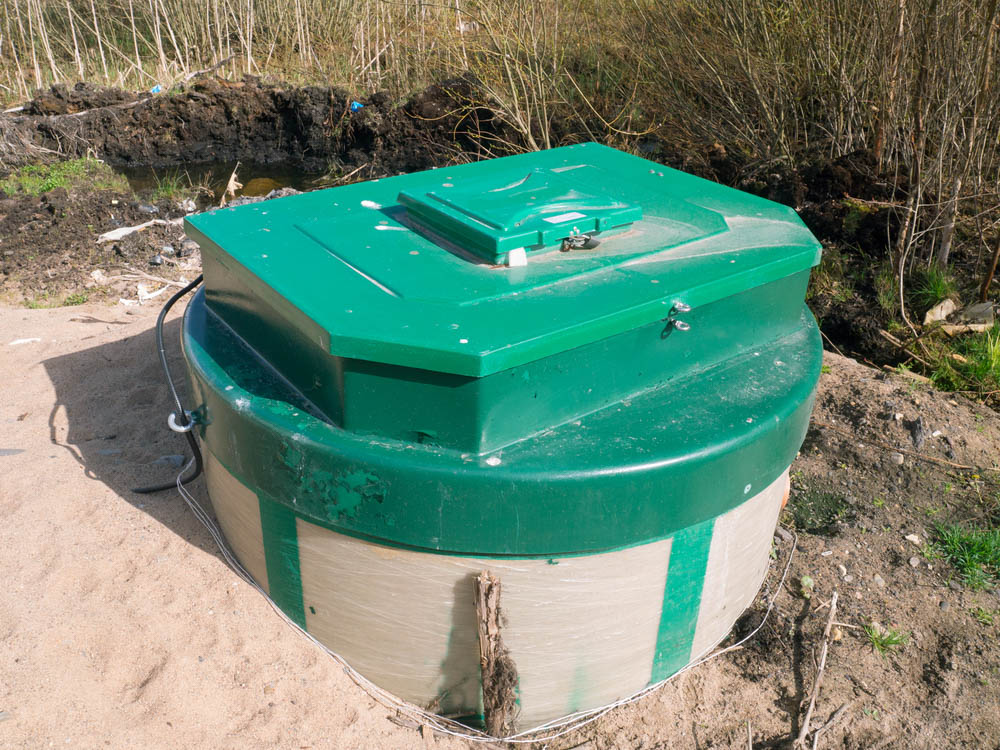
A septic system is a very important part of what people are going to make the most important purchases in their lifetime. The ideal situation would be, to begin with, a new septic system and a new house and do the proper maintenance of the septic system to keep it in top condition.
The second best would be to know from the time the system was built on how septic system maintenance was performed. This is usually not possible for many reasons. When you implement a good maintenance plan, however, it can only help you.
Conroe Septic Tank has a lifetime it will work. No matter which one you get. All septic systems have a lifetime, and it can be greatly extended by following these tips.
Septic system maintenance laundry space over the course of the week washing out laundry loads and washing only full loads. The laundry average load uses 47 gallons of water. One load per day on Saturday instead of seven loads makes a big difference to your septic system. Therefore, front loaders use less water than top-loading devices. Use liquid detergent laundry, preferably biodegradable and low phosphate detergent. Powdered laundry detergents use clay as a container. This clay can exacerbate solid build-up in the septic tank and possibly block the area of disposal. Using dryer sheets instead of liquid softener material.
Build low-use water fixtures to conserve water. An average family can reduce the amount of water entering the septic system by 20,000 gallons per year by installing showerheads, toilets, dishwasher and washing machines! It is possible to buy low-flow showerheads and toilets at nearby lumberyards. In better appliance stores, dishwasher saving water and washing machines can be purchased.
Cleaners and chemicals Minimize the number of household cleaners entering the septic system (bleach, harsh cleaners) and other potentially toxic materials. Do not use automatic toilet bowl cleaners for disinfecting, such as those that contain bleach or acid compounds. The constant slow release of these chemicals into the septic system kills the bacteria required for a septic tank to function properly.
Medicines. Never flush the toilet or drain with expired or unwanted prescriptions and over-the-counter drugs. Return unused or expired medications to a Drug Take-Back Day or some similar company to keep your septic working properly.

Outlet Screens are important to Mount in your tank. They generally sell from manufacturers around $100 to $200. Small floating particles and lightweight solids, such as skin, are trapped before they can enter the disposal area and cause trouble. Some models are also designed to capture grease that is suspended. The outlet window will have to be washed regularly. The homeowner or the septic specialist like Conroe Septic Pumping can do this.
Garbage Disposal. Make the choice to have your septic tank pumped more often if you use your garbage disposal. And, much better, skip your garbage disposal usage and recycle your kitchen scraps. Stay out of your septic systems kitchen greases, such as bacon fat and deep fryer oil. Your machine doesn’t easily break it down and can block your drain field. Research has shown that when a garbage disposal is used, the value of the septic tank is less due to its poorer condition. Garbage disposal beats up your septic tank. It is the septic tank effluent quality that determines the septic system’s life.
Service Have your septic tank drained every two to three years according to a schedule. That method extends to all devices unless garbage disposal is accessible to the home and it is used more than sparingly. Based on the use of waste disposal, these facilities should be serviced every one to two years. No use of garbage disposal would be our recommendation. It is your choice to make; however, make the right decision for you and your septic system. Many tanks can need more regular pumping depending on age and use. Follow the recommendations based on your septic system, the age of your system, and the number of people in your family using water in your home.